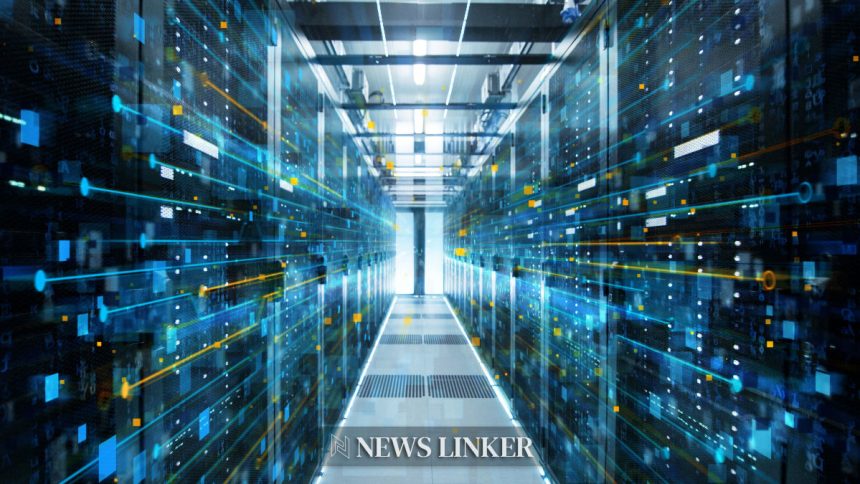Across federal agencies, a noticeable surge in the use of artificial intelligence is reshaping cyberdefense initiatives. As increasingly complex cyber threats target government networks, agencies seek advanced digital tools that both anticipate and respond to attacks. Officials emphasize that implementing AI is not just about keeping pace but supporting the secure delivery of government services and protecting sensitive data that citizens and organizations rely on each day.
Earlier announcements on AI use in federal cybersecurity focused on pilot programs and conceptual frameworks, but concrete actions were limited. Statements from previous years underscored the need for modernization, yet agencies often cited budget and infrastructure constraints. Now, there are frequent updates emphasizing integration at scale, and directives from both the Biden and Trump administrations signal bipartisan support for rapid progress. This current shift shows that agencies are moving beyond experimentation, prompted in part by the rising sophistication of cyber threats leveraging their own technological advancements.
Why Is AI Becoming Crucial in Government Cybersecurity?
AI technologies are being adopted as response times for cyber threats shorten and attackers use increasingly innovative methods. Michael Duffy, the acting Federal Chief Information Security Officer, highlights the pressing need for smarter defenses, stating:
“We’re at an exciting time in the federal government to see that we’re not only putting AI in production, but we’re finding ways to accelerate emerging technology across the government, across all missions and all angles.”
This approach aims to provide agencies with adaptive capabilities, allowing them to swiftly detect and manage vulnerabilities at a large scale.
How Are Agencies Adapting Cyber Policies for AI Integration?
Responding to government directives, agencies are reevaluating their cybersecurity policies, particularly regarding the Office of Management and Budget Circular A-130. Updates to this document, last revised in 2016, will reflect considerations for the broader use of AI and address expanded responsibilities in defending complex digital ecosystems. Executive orders from both the latest administrations have underscored the necessity of modernization and clear guidance as agencies deploy AI-driven strategies.
What Steps Are Taken for Effective and Secure AI Implementation?
Federal cybersecurity leaders are actively reviewing which AI use cases offer the greatest benefits while mitigating risks associated with rapid adoption. Duffy notes a thorough review underway, saying:
“We’ll assess the existing cyber defense capabilities within agencies and explore cyber-centric AI use cases.”
Coordination with Chief Information Security Officers is central to rationalizing toolsets, streamlining redundant systems, and building operational resilience. Sharing enterprise resources and lessons from successful agency AI pilots are part of the efforts to maximize efficiency.
The increased emphasis on AI within federal cyberdefense reflects not only a response to the aggressive pace of modern threats but also a consensus that multi-agency cooperation is necessary to defend U.S. interests. As government networks grow more interconnected, careful integration of AI promises both advantages and new challenges. Readers should be aware that AI is not a guarantee of security but can help identify patterns, automate responses, and flag potential weaknesses more quickly than traditional methods. Regular updates to core cybersecurity policy documents and a coordinated approach across agencies will be essential to succeed as both attacks and defense mechanisms evolve. The federal government’s collective goal remains clear: to use smart digital tools to preserve public trust, ensure operational resilience, and safeguard vital information assets in an ever-shifting threat landscape.










